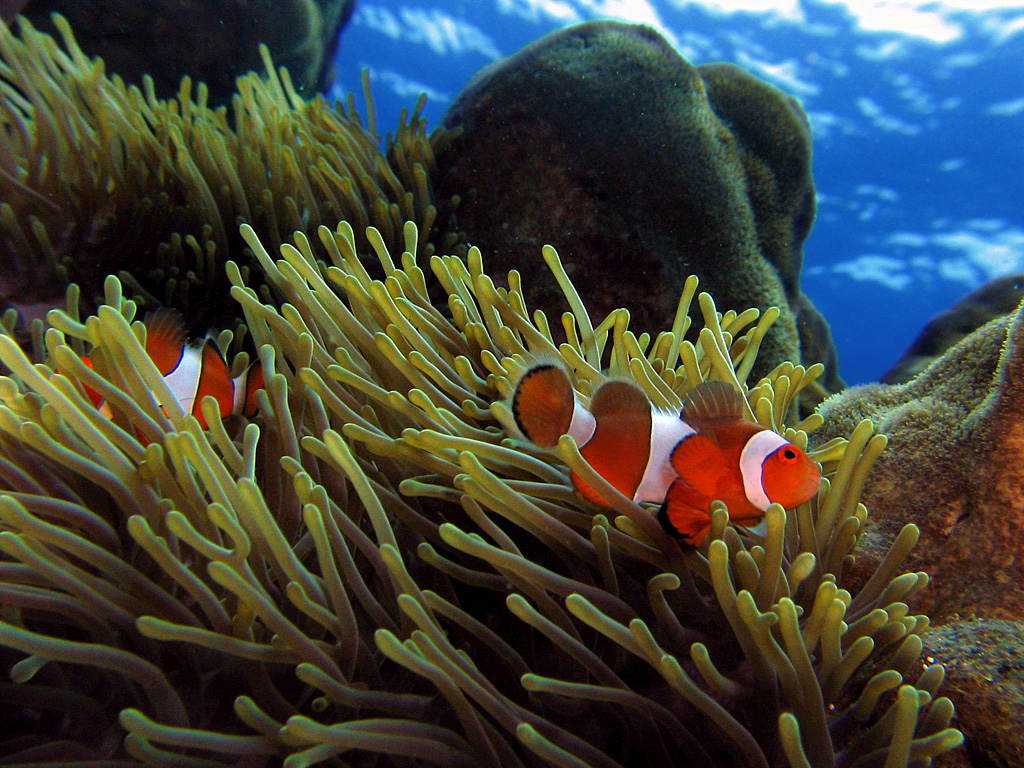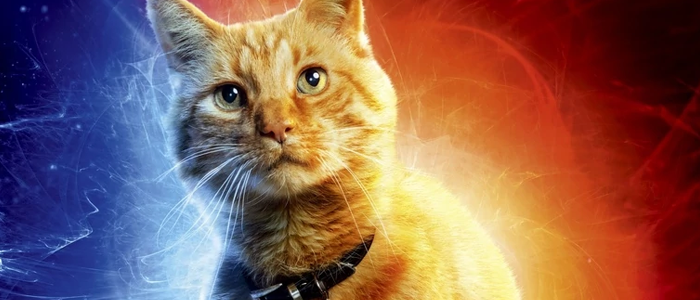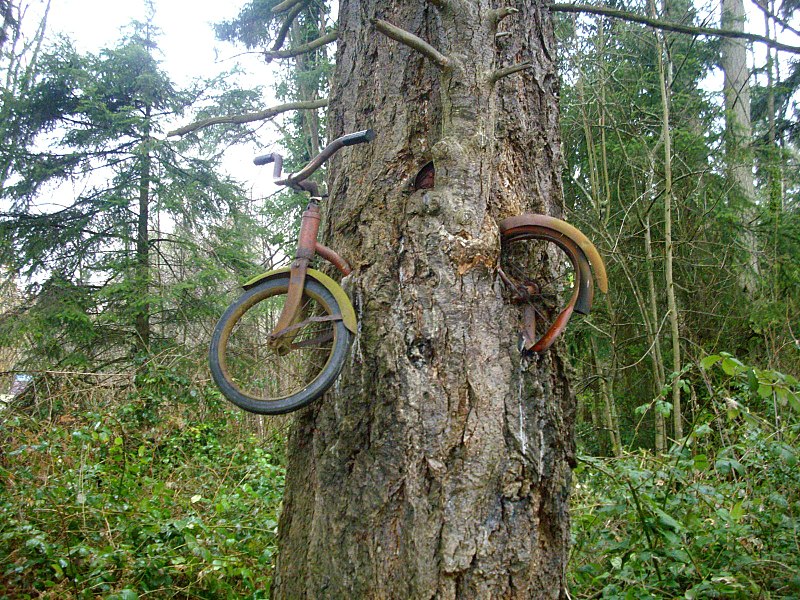Hi, my name is James and welcome to Code/Switch, today I want to talk about creating a species. I’m going to specifically reference our latest Create Demi-Planet segment on the most recent Know Direction: Beyond (which you can check here!)
The species created, named the Thui are amphibious sea lion gorillas from a warm, humid, jungle-like environment who use magic to solve problems other species may solved by technology. In the episode I mentioned they reproduced in large spawning events and the eventual young are left to fend for themselves until they develop from their “fry” stage, at which point they are brought into society. As part of that I also indicated the species had a very high mortality rate, something close to 1 in 1,000 surviving to adulthood. Alex envisioned this society as potentially evil due to them not doing something to protect each young produced, and I want to talk about r/K selection and Life History Theory (briefly) and detail some wacky, but not evil methods of reproductions some real-life species display.
The r/K selection theory was used as a metric to identify and classify “quality vs quantity” styles of reproduction in animals. It’s since been rolled into Life History Theory to form a more comprehensive view of reproduction strategies. r/K is divided into two camps named “r” and “K”, “r” referring to quantity based reproduction and generally shorter lifespans and “K” referring to quality based reproduction, generally larger body plans, and longer lifespans. Animals often aren’t consummate “r” or “K” –types either, they usually exist on a sliding scale, but some creatures fit “r” or “K” more closely than others. For example, sunfish females can produce 300 million eggs they throw into the water to meet with other randomly thrown sperm, no parental care given. This behavior paint sunfish as strongly “r” correlated reproducers, and it’s the sunfishes reproduction strategy that I based the Thui off of. Strongly “K” species may include elephants, humans, and eagles. Creatures like sea turtles display both traits of “r” and “K”, they have long lifespans, but they produce a lot of unnurtured offspring.
While the r/K theory itself is viewed as inadequate in explaining every factor of reproduction strategies, its concepts continue to be examined as a larger part of biology. When creating species for your worlds, examining how you would like it to reproduce can tell you a lot about what its environmental niche is. To help with your species creation, I’m going to include some of the wildest reproduction strategies of creatures that exist on our current Earth.
Bed Bugs perform something called traumatic insemination, where the the male stabs a female through the carapace with his reproductive organ. This releases his sperm into her bloodstream where it eventually reaches her ovaries, fertilizing her eggs. It’s like the worst injury poison ever.
Some hermaphroditic land snails reproduce using violence as well, partners sometimes attempt to spear the other with a hormone laden dart made of calcium into the other. If lanced, the victim generally becomes the broodmother of the pairing as the dart carries chemicals that boost the victims fertility, and the aggressors ability to further their own lineage
Clownfish are all born hermaphroditic and male, but are communally led by an alpha female. How does a group of male fish become led by a female? By changing their biology of course! Besides the “matriarch” there is a dominant male who is poised to take her place should she pass away.
With such wild reproduction strategies on our own world, feel free to let your imagination run wild when you’re creating species for your Starfinder games! You can find me and the rest of the KD crew at our Discord.







